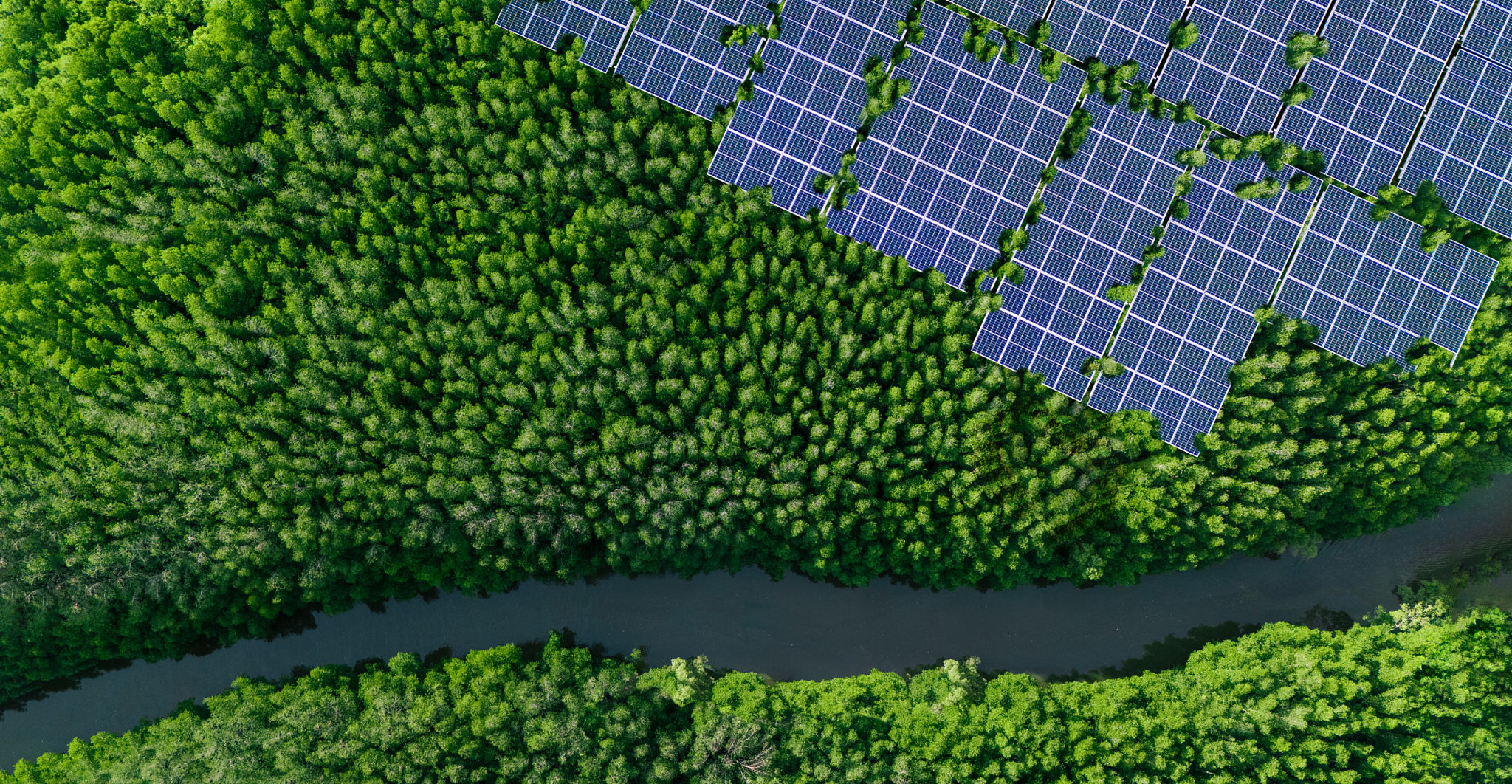Understanding Virtual Power Plants: Revolutionizing Energy in South Australia
What Are Virtual Power Plants?
In the ever-evolving landscape of energy production and consumption, Virtual Power Plants (VPPs) have emerged as a transformative concept. A Virtual Power Plant is essentially a network of decentralized, medium-scale power-generating units such as wind farms, solar parks, and combined heat and power units. The core idea is to integrate various energy sources to create a reliable and efficient energy supply system without the need for a central power plant.
VPPs leverage digital technology to pool energy resources, optimize power generation, and balance supply and demand dynamically. This approach not only enhances the stability and resilience of the energy grid but also promotes the use of renewable energy sources.

The Rise of Virtual Power Plants in South Australia
South Australia is at the forefront of embracing Virtual Power Plants. With its abundant sunshine and wind resources, the state is uniquely positioned to harness renewable energy. The government and private sectors have invested significantly in developing VPP projects to cater to the growing energy demands.
One of the most notable initiatives is the collaboration between Tesla and the South Australian government. This project aims to build the world's largest Virtual Power Plant by connecting thousands of homes with solar panels and Tesla Powerwall batteries. This revolutionary approach not only reduces reliance on fossil fuels but also provides homeowners with greater energy autonomy.

How Do Virtual Power Plants Work?
The operation of a VPP involves several key components:
- Energy Generation: Solar panels, wind turbines, and other renewable sources generate electricity.
- Energy Storage: Batteries store excess energy during periods of low demand, making it available when needed.
- Energy Management: Advanced software platforms monitor and manage energy distribution, ensuring efficiency and reliability.
Through this integrated system, VPPs can respond quickly to fluctuations in energy demand and supply, maintaining a stable grid while maximizing the use of renewables.
Benefits of Virtual Power Plants
The implementation of Virtual Power Plants offers numerous advantages:
- Environmental Impact: By increasing the share of renewables in the energy mix, VPPs contribute to reducing greenhouse gas emissions.
- Cost Efficiency: Decentralized energy systems can lower operational costs by minimizing transmission losses and reducing peak demand charges.
- Energy Security: VPPs enhance grid resilience by diversifying energy sources and distributing power generation geographically.

The Future of Energy in South Australia
As technology continues to advance, the potential for Virtual Power Plants in South Australia is vast. The integration of artificial intelligence and machine learning algorithms can further optimize energy management systems, allowing for more precise predictions of energy demand and supply.
The success of VPPs in South Australia could serve as a model for other regions seeking to transition towards sustainable energy solutions. By continuing to innovate and invest in these technologies, South Australia can not only meet its own energy needs but also contribute to global efforts in combating climate change.
Challenges and Considerations
Despite their potential, Virtual Power Plants face several challenges. The initial investment costs can be high, and there are technical complexities involved in integrating multiple energy sources into a cohesive system. Regulatory frameworks also need to be updated to accommodate this new paradigm in energy management.
However, with continued collaboration between governments, industries, and communities, these challenges can be addressed. As South Australia advances on its journey toward a greener future, Virtual Power Plants will undoubtedly play a pivotal role in shaping the state's energy landscape.